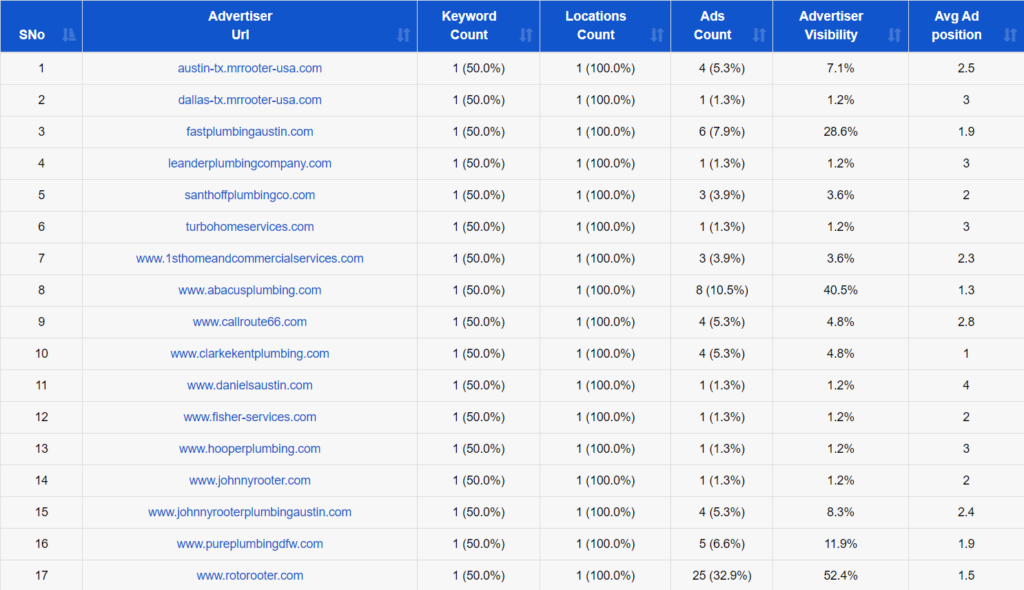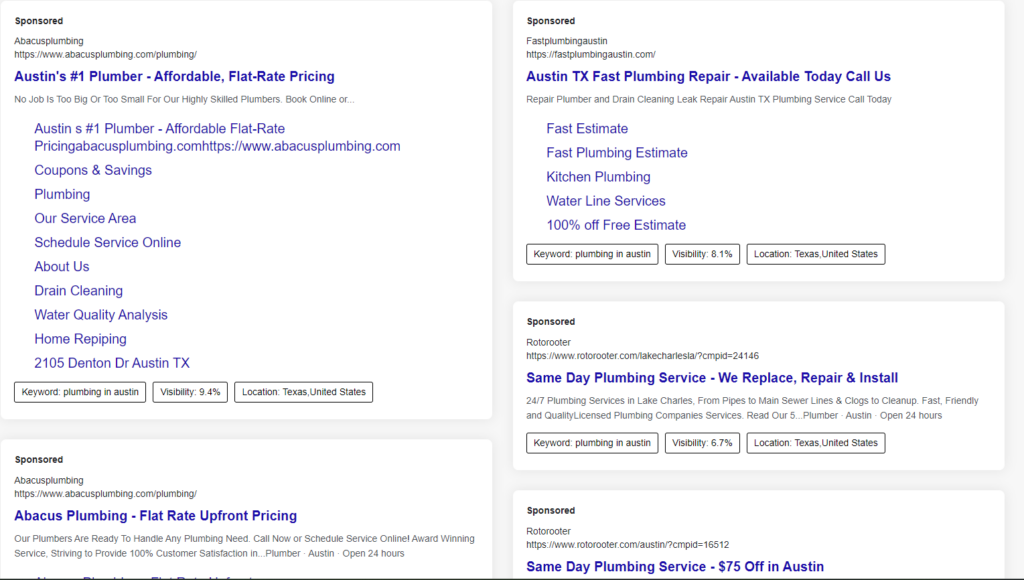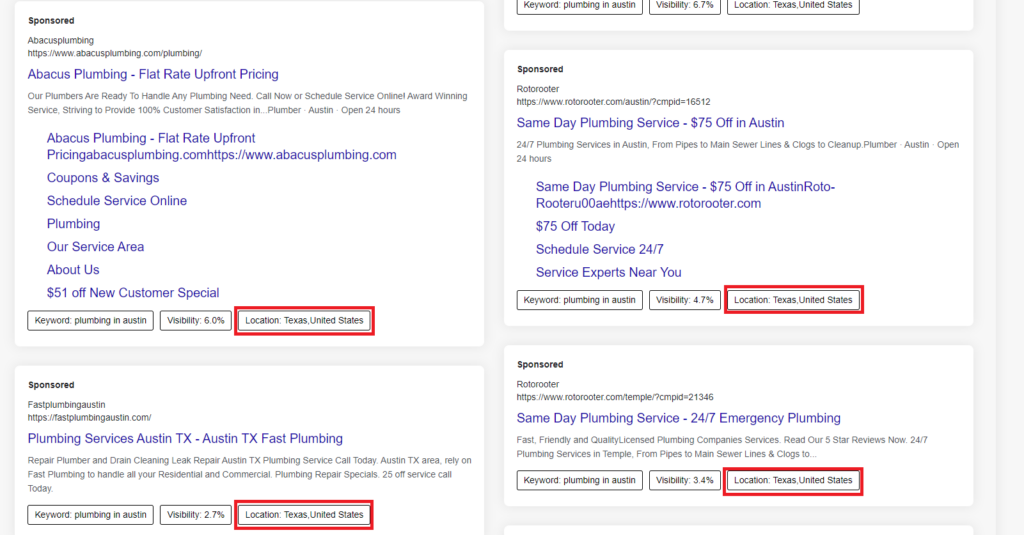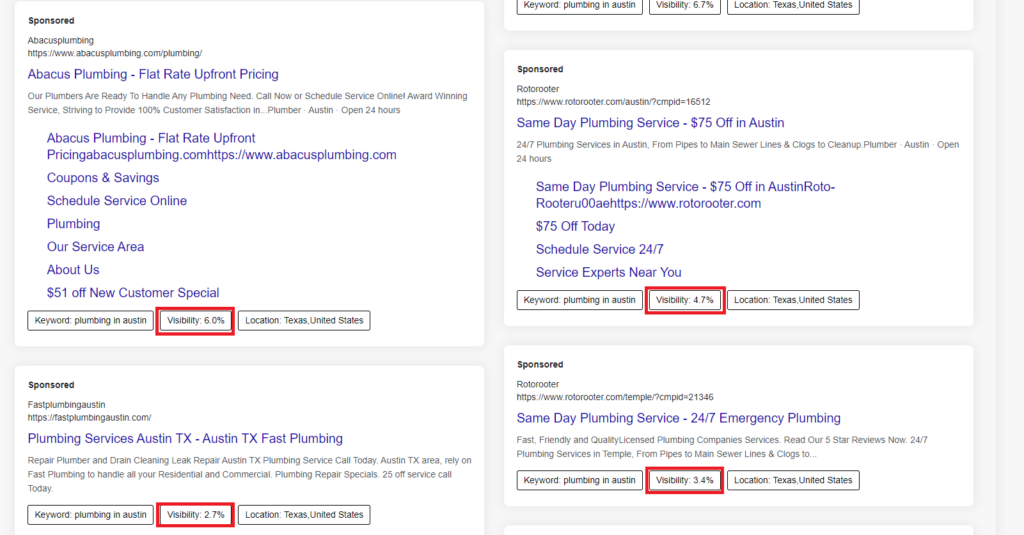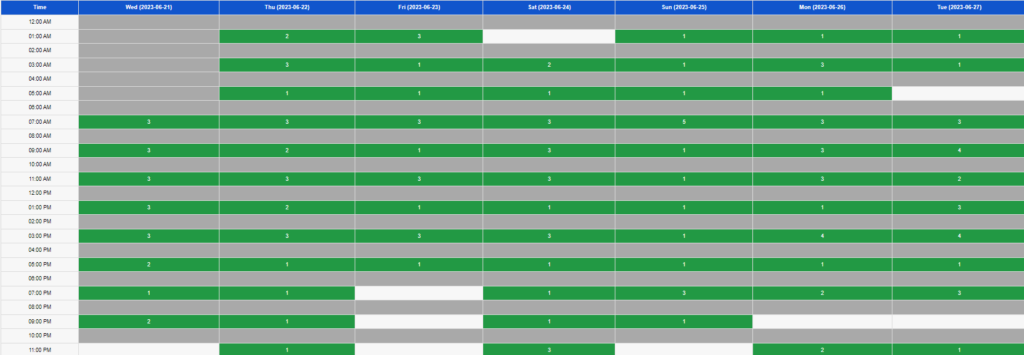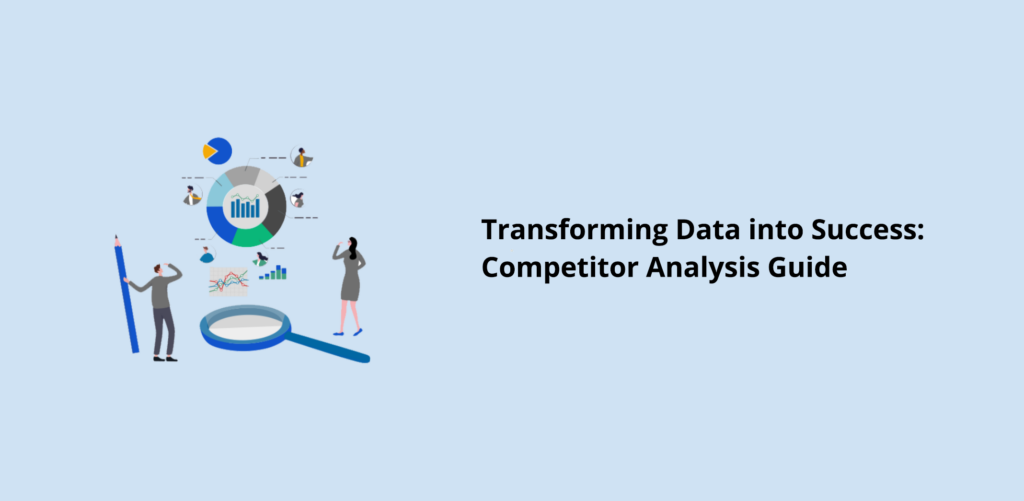In the cutthroat and dynamic world of business, understanding your competitors is more than an advantage; it’s a necessity. But gathering data is only the beginning. The real challenge? Interpreting it!
This competitive analysis blog provides insights into your rivals and their approaches. But what follows? Fasten your seatbelts as we venture into the world of data interpretation and explore its applications for agencies and marketers, using intelligence tools like PPC Reveal to guide the way.
Let’s say you’re an agency working in the plumbing niche. You probably want to know WHO is advertising for a few reasons.
Example: Imagine your agency is preparing a pitch for a plumbing client in Austin. By employing ad intelligence tools like PPC Reveal, you can identify 17 competitors within this specific field.
The data shows a clear hierarchy: the leading company enjoys 50% ad visibility, followed by a competitor at 40%, with smaller companies trailing at 5-20%. This landscape provides invaluable insight into the competitive market and helps you craft your strategy.
Suppose your client’s visibility is at a mere 1-2%. Armed with this information, you can selectively target businesses with low visibility and craft tailored pitches. You might say, “The market leader (www.rotorooter.com) commands 52.4% ad visibility, while your direct competitor (www.abcusplumbing) holds 40.5%, and you are at only 1-2%. With our specialized expertise and strategic approach, we can elevate your visibility to rival mid-tier companies, efficiently utilizing your marketing budget and maximizing ROI.”
This data-centric strategy ensures a more precise and persuasive methodology in developing proposals, enabling your agency to stand out in a fiercely competitive market.
In the competitive field of marketing, understanding and acting upon real-time data is crucial. Correctly utilizing these insights can mean the difference between an effective campaign and a wasted budget.
As a marketer, you can see your competitors and select those directly aligned with your geography, service target audience, etc. Remember, size isn’t everything.
Targeting massive competitors might seem tempting, but they often have higher budgets and more website traffic. Instead, pick your ideal competitors and analyze their strategies carefully.
Continuing the above example, suppose you are marketing for a mid-sized plumbing company in Austin, where there are 17 competitors. By analyzing the data, you discover the competitor with the highest ad visibility is at 50%, meaning they cover half of the market, while another competitor might be at the least.
Now, with a clear target, you can dissect competitors’ strategies both above and below you. For instance, analyze their ad copy strategies, landing page designs, and other factors contributing to their success or failure.
Here’s an actionable plan:
By following these steps, you can emulate the successful strategies of your competitors while adding your unique twist to stand out in the market.
Both agencies and individual marketers can draw actionable insights from PPC Reveal. Its features like Competing Advertisers, Ad Copy Comparison, Ad Schedule Stats, and Keyword Performance can help strategize effectively, set clear goals based on tangible numbers, and bridge the gap between where you are and where you want to be.
Visibility refers to how often and prominently your competitors’ ads or products appear in various channels, such as search results, social media feeds, or third-party websites. Understanding visibility is crucial for several reasons:
By analyzing the visibility of your competitors, you can gauge how your brand is positioned in comparison and refine your strategies to increase your brand’s visibility.
Are your products and services as readily seen as those of your main rivals? For instance, if you notice a competitor using video advertising to great effect, this insight might prompt you to explore similar strategies to enhance your own brand’s visibility, reaching more potential customers.
Geographical targeting, especially in the context of understanding where your competitors operate, plays a crucial role in strategic planning. Whether you’re a business with physical locations or targeting specific regions, knowing where your competitors focus their advertising efforts can guide your approach:
By analyzing the areas where your competitors operate and direct their advertising, you can identify potential markets that may be underserved or oversaturated. This insight enables you to tailor your marketing strategies to compete more effectively
in specific locales, employing tactics such as local SEO strategies, localized content marketing, and community engagement.
By studying your competitors’ ad schedules, you can find areas where they may be lacking in visibility and seize those opportunities for yourself. Conversely, if a competitor dominates at a particular time or day, you may decide to focus your efforts elsewhere.
For instance, if a competitor has low visibility during weekend hours but a strong presence during weekdays, you might see an opportunity to engage audiences through targeted ads during the weekend. This approach allows you to capitalize on gaps in your competitor’s ad scheduling and reach potential customers at times when they may be more receptive.
Competitor analysis is rich with insights if you know how to mine the data. For agencies seeking opportunities or marketers analyzing direct competition, the keys lie in understanding factors such as visibility and location.
